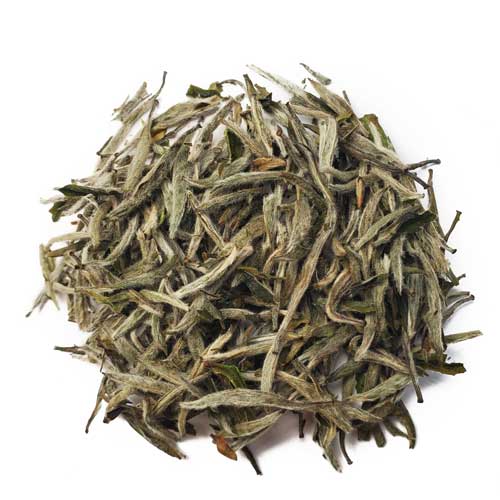What is gongfu brewing?

An Introduction to Gongfu Brewing
For those of us who are new to gongfu brewing, the process can seem daunting. There are so many different factors to consider! What kind of tea should I use? What equipment do I need? How much tea should I use? How long should I brew for? Don't worry, I'll walk you through everything you need to get started with gongfu brewing so that you can enjoy your tea the way it was meant to be enjoyed.
So what is Gongfu Brewing?
Gongfu brewing is a method of preparing tea that originates in China. The word "gongfu" itself translates to "skill" or "effort," which is appropriate given the level of care and precision that goes into making a perfect cup of gongfu tea. This method of brewing usually employs a small teapot or Yixing clay pot, as well as a smaller cup so that each person can enjoy multiple infusions of tea.
Gongfu brewing allows the drinker to control all of the variables that affect the taste of their tea, such as water temperature, steeping time, and leaf-to-water ratio. This allows for a more intimate tea-drinking experience as well as the ability to explore all the subtle flavors and aromas that your favorite teas have to offer.
How to get started with Gongfu Brewing?
Now that we've answered the question "what is gongfu brewing," it's time to learn how to do it! The first step is deciding what kind of tea you want to brew. If you're just getting started, we recommend trying out black tea or oolong tea. These teas are typically more forgiving when it comes to brewing, so they're perfect for beginners. Once you've decided on your tea, it's time to gather your supplies.
You'll need a gongfu teapot or Yixing clay pot, a small fairness cup/ tea pitcher (called a Cha hai in Chinese), a filter or strainer, and of course your favorite loose-leaf tea. When it comes to choosing your teapot, there are two main things you'll want to keep in mind: material and size. Traditional gongfu teapots are made from Yixing clay, but they can also be made from porcelain, glass, or even cast iron. As for size, we recommend starting with a smaller teapot that holds around 4-6 ounces (120-180 ml) of water. The smaller size will allow you to control the brewing variables more easily and make adjustments as needed until you get the hang of things.
Once you have all your supplies gathered, it's time to start brewing! The first thing you'll want to do is warm up your teapot by rinsing it with hot water. This will help maintain an optimal water temperature during infusion and prevent your tea leaves from being shocked by sudden temperature changes (which can negatively affect the taste of your final product). Next, add your desired amount of loose-leaf tea to the pot—a good rule of thumb is 1 gram (0.035 oz) of tea per 30 ml (1 ounce) of water—and give it a quick rinse with hot water before discarding this first infusion.
Now it's time for the actual brewing! Fill your teapot with hot water (around 195-205 degrees Fahrenheit), pour some into your Cha hai so that it warms up as well, then pour it out. Add hot water back into your teapot and let it sit for around 10-15 seconds before pouring into your Cha hai again—this ensures that all surfaces come into contact with hot water and prevents any unwanted tastes or aromas from affecting your final product. From here, simply decant your desired amount into each cup and enjoy! Keep in mind that gongfu brewed tea typically has shorter infusion times than Western brewed tea (around 30 seconds vs 3 minutes), so pay attention so that you don't overdo it and end up with bitter-tasting tea.
Gongfu brewing may seem like a complicated process at first glance, but once you get the hang of things it's actually quite simple! By following these steps and paying attention to the variables involved, you'll be able to brew delicious cups of gongfu tea in no time at all. So go ahead and give it a try—we guarantee you won't be disappointed!
Two of my personal recommendations to get started with gongfu brewing is this set and this set.









Leave a comment